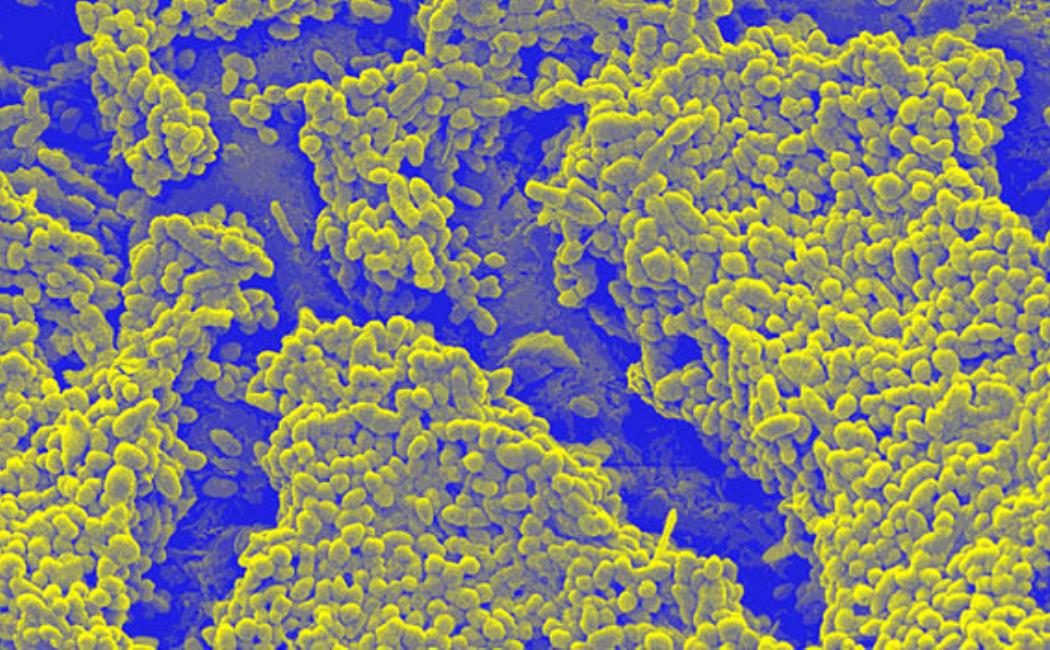
Sludge-powered bacteria generate more electricity, faster
18 October, 2020
Changing the surface chemistry of electrodes leads to the preferential growth of a novel electroactive bacterium that could support improved energy-neutral wastewater treatment.
To grow, electroactive bacteria break down organic compounds by transferring electrons to solid-state substrates outside their cells. Scientists have utilized this process to drive devices, such as microbial electrochemical systems, where the bacteria grow as a film on an electrode, breaking down the organic compounds in wastewater and transferring the resultant electrons to the electrode.
Scientists are now looking for ways to improve this process so it produces hydrogen gas at a negatively charged cathode electrode, which can then be converted to electricity to power wastewater treatment plants. This needs electroactive bacteria that efficiently transfer electrons to a positively charged anode electrode that do not use hydrogen for their growth.
Click here to read the full story
Image: KAUST researchers have identified a novel electroactive bacterium, called
Desulfuromonas acetexigens, that produces a higher current density than a traditionally used bacterium, and in a shorter time.
© 2020 KAUST